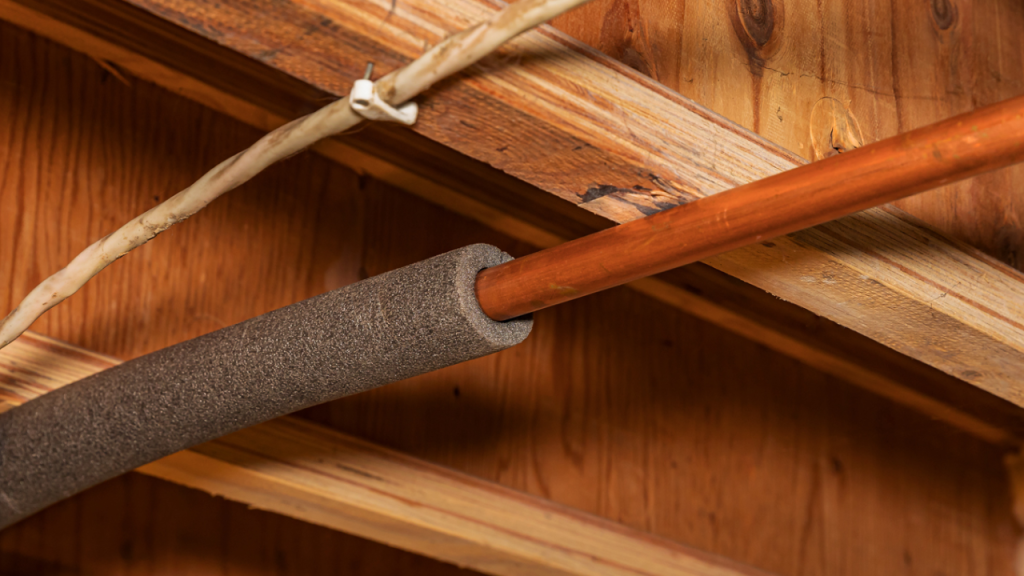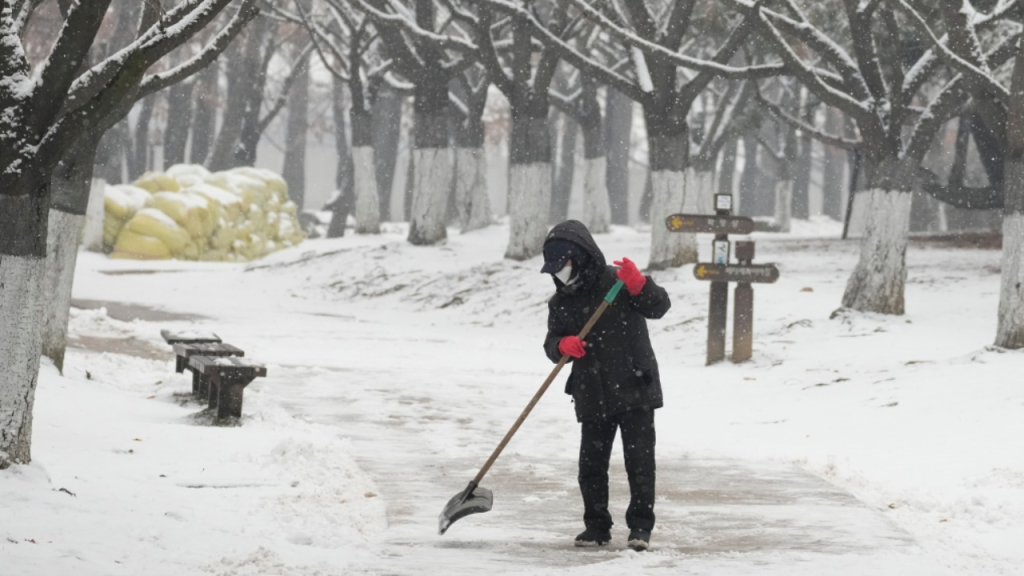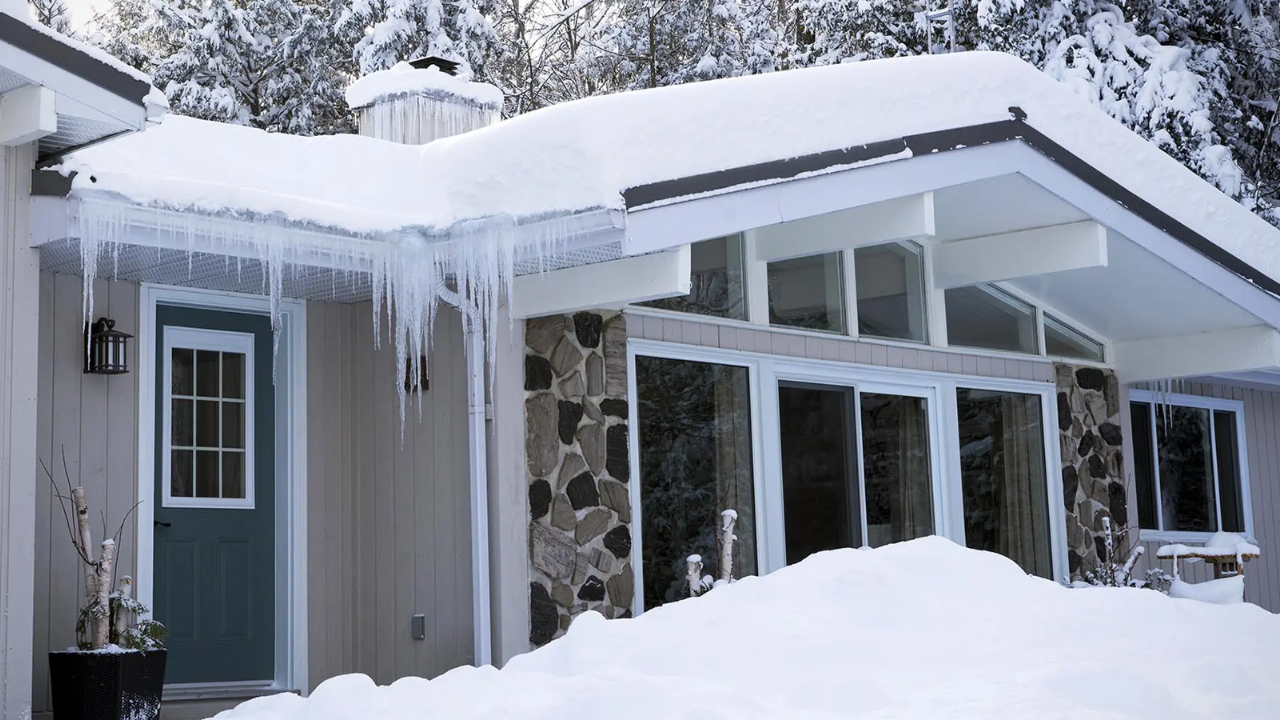Prepare Your Home for a Cold Winter: 5 Tips You Can’t Miss!
If you haven’t yet prepared your home for the tough winter weather in Central New York, it’s time to get started. While it’s always better to prepare earlier, it’s never too late to protect your house from cold temperatures and heavy snow.
Taking a few simple actions now can help prevent costly damage and keep your home safe and comfortable until spring arrives.
Here are five practical steps you can take right now to protect your home from the harsh winter weather.
1. Check Your Heating System
Your heating system is one of the most important things to check before the winter chill sets in.
- Inspect and Service Your Furnace or Boiler: Have a professional check your heating system to make sure it’s working well. If it needs a tune-up, now’s the time to get it done. Don’t forget to replace any filters, as this will help your system run more efficiently.
- Seal Ductwork: If there are any leaks in your ducts, heat can escape, making your home colder. Sealing these leaks can save you money on heating bills.
- Test Your Thermostat: Make sure your thermostat is working properly. If it’s an older model, consider upgrading to a smart thermostat that can help save energy and keep your home warm more efficiently.
2. Protect Your Plumbing

Frozen pipes can cause serious damage to your home, but there are simple steps to prevent this.
- Insulate Pipes: If you have pipes in areas like the basement, attic, or outside walls, wrap them with insulation to prevent freezing. Pipes that freeze can burst, causing expensive repairs.
- Drain Outdoor Faucets: Before the temperatures drop too low, shut off the water supply to outdoor faucets and drain them. This will keep your pipes from freezing and bursting.
- Know Your Shut-off Valve: Locate your main water shut-off valve, and make sure you know how to use it in case of a plumbing emergency. Knowing where it is and how to turn off the water can save you from major damage if a pipe bursts.
3. Inspect and Insulate Your Home
Sealing cracks and improving insulation are key to keeping your house warm.
- Seal Gaps and Cracks: Cold air can enter through small cracks around doors and windows. Use weatherstripping or caulk to seal these gaps and keep the cold out.
- Add Insulation: Check your attic, basement, and walls for proper insulation. If your home isn’t well-insulated, consider adding more. This will keep the heat inside and reduce your heating bills.
- Check Roof and Attic Ventilation: Good ventilation in the attic helps prevent problems like ice dams. Ice dams occur when melting snow refreezes on your roof, causing water to back up and potentially leak into your home.
4. Prepare for Snow and Ice

The snow and ice of a Central New York winter can cause damage if you’re not ready. Here’s how to handle it:
- Stock Up on Supplies: Make sure you have enough snow shovels, ice melt, and de-icers ready for when the snow starts to pile up. Keeping your driveway and walkways clear will help prevent accidents.
- Install Roof Heating Cables: If you live in an area where ice dams are common, consider installing roof heating cables. These can help prevent ice from building up on your roof and causing damage.
- Clear Your Gutters: Clogged gutters can lead to water buildup and ice dams. Clean your gutters to ensure they drain properly and don’t cause problems when the snow melts.
5. Emergency Preparedness
It’s important to be prepared for winter emergencies in case you lose power or face other unexpected challenges.
- Create an Emergency Kit: Include items like flashlights, batteries, blankets, non-perishable food, and bottled water in your kit. This will ensure you have what you need in case of a power outage.
- Backup Power Source: A generator or portable power bank can keep essential electronics, like your phone and lights, working if the power goes out.
- Check Your Carbon Monoxide Detectors: Carbon monoxide is a deadly gas that can build up if you use gas or wood heat. Test your detectors to make sure they’re working, and change the batteries if needed.
By taking these steps now, your home will be much better prepared to handle the cold and snow that come with a harsh winter.
While it may seem like a lot of work, it’s worth the investment to avoid major repairs later. Plus, you’ll stay warm and safe throughout the season.
Note- Every piece of content is rigorously reviewed by our team of experienced writers and editors to ensure its accuracy. Our writers use credible sources and adhere to strict fact-checking protocols to verify all claims and data before publication. If any error is identified we promptly correct it and strive for transparency in all updates.

